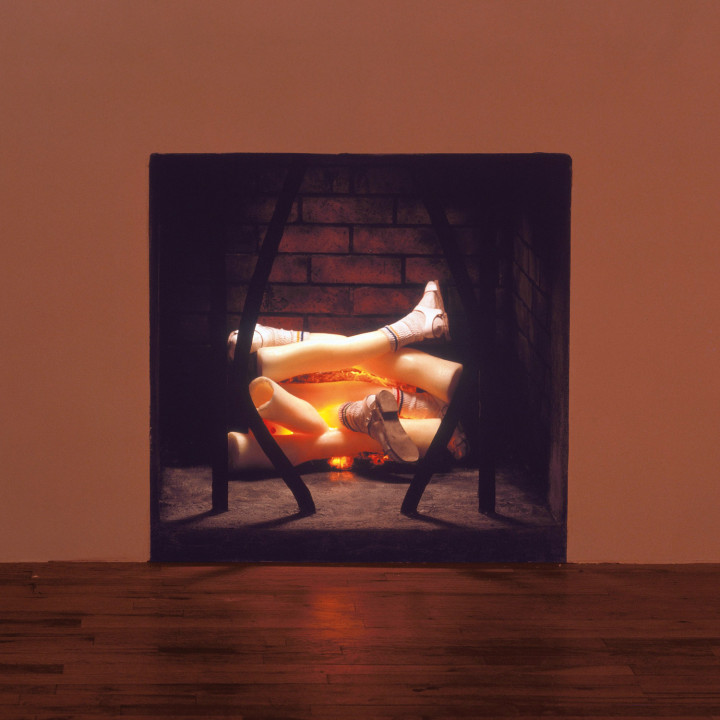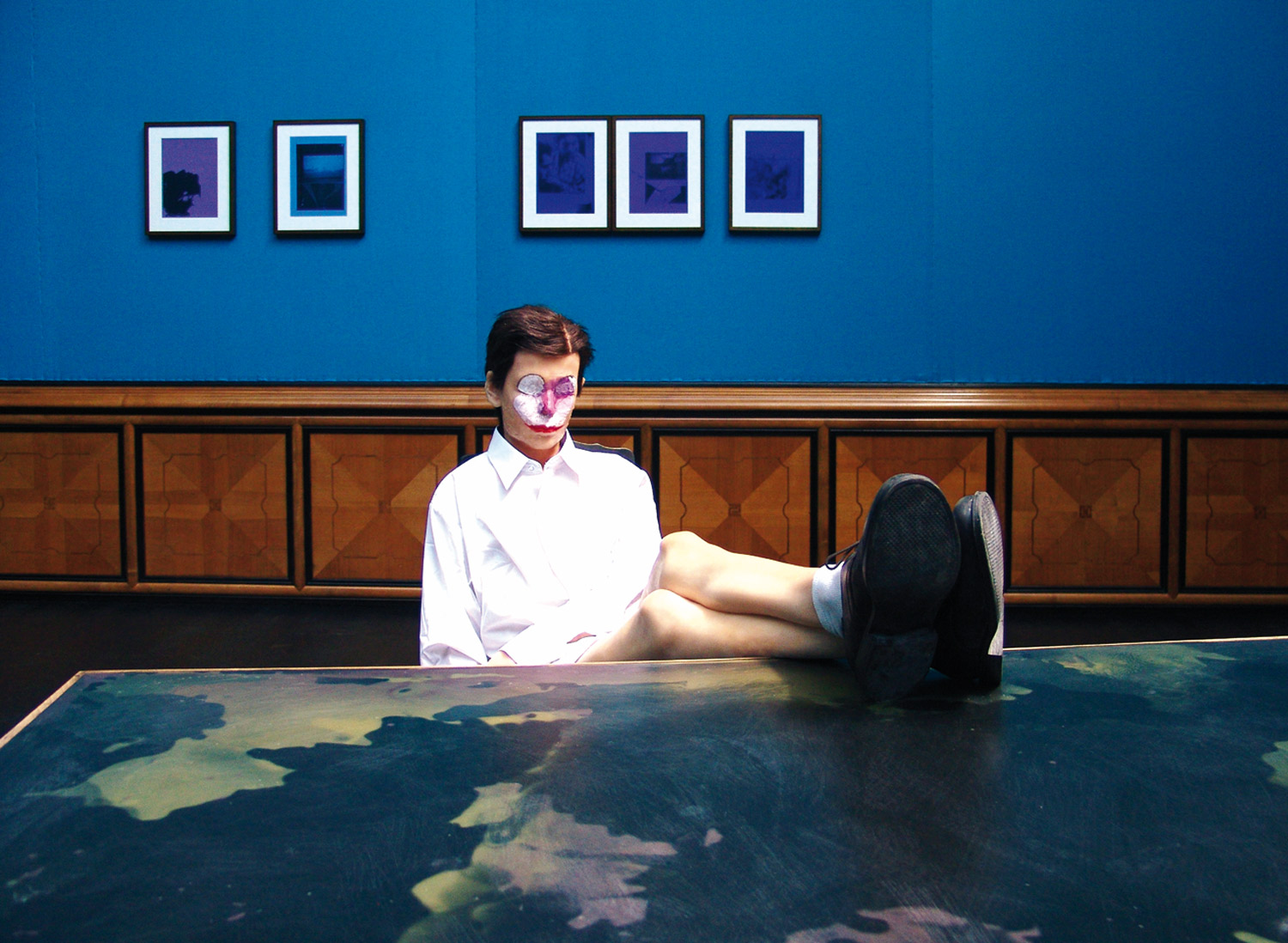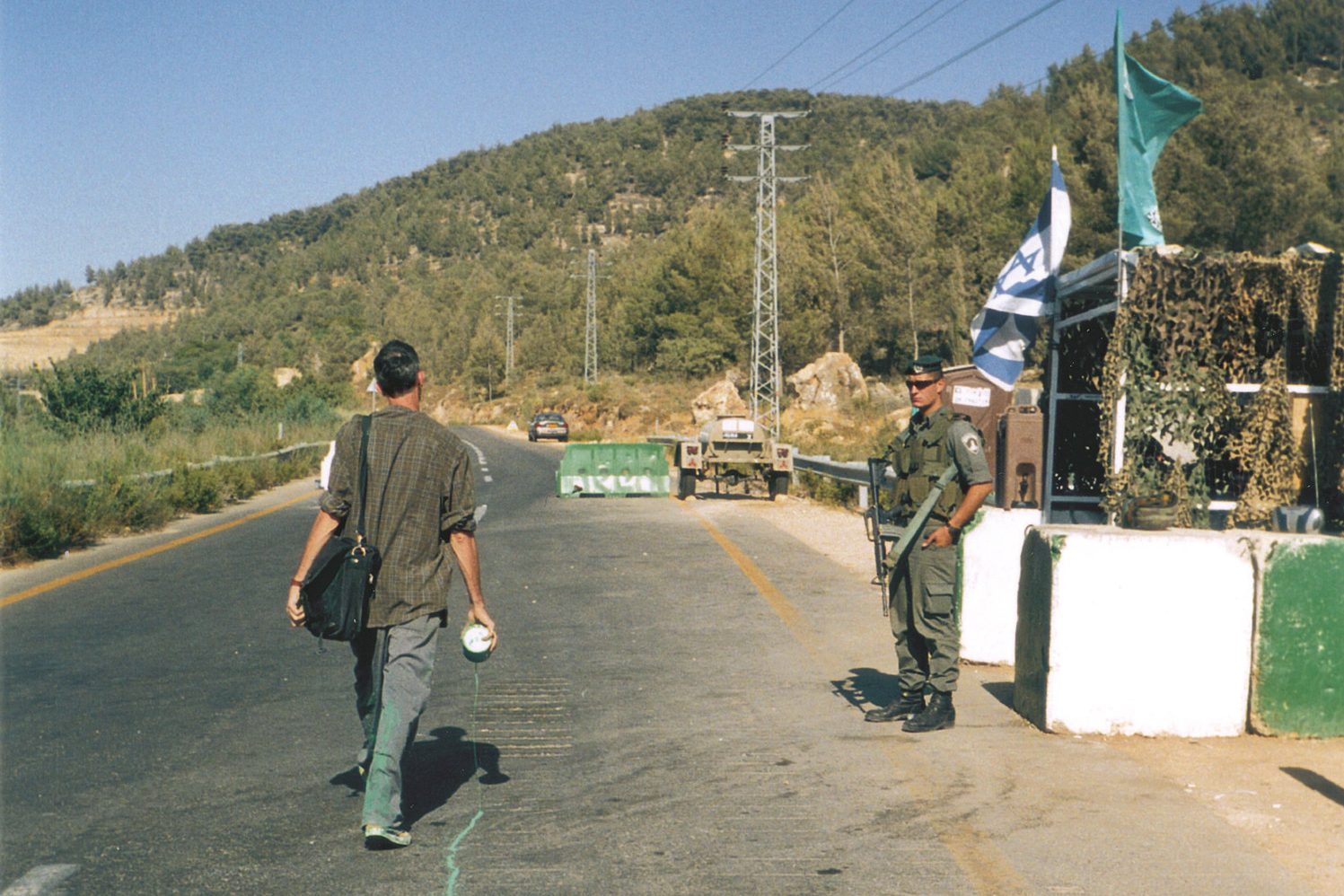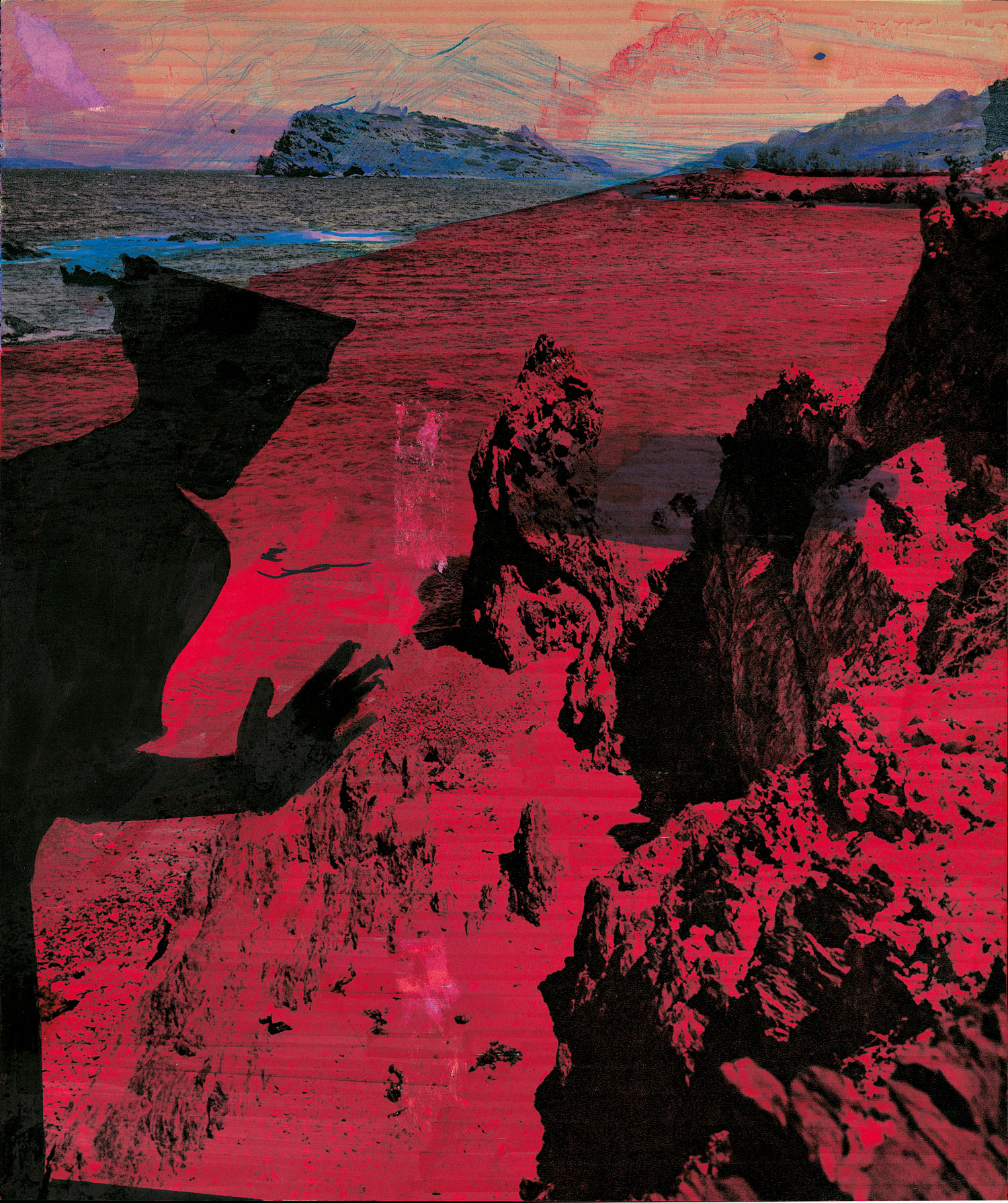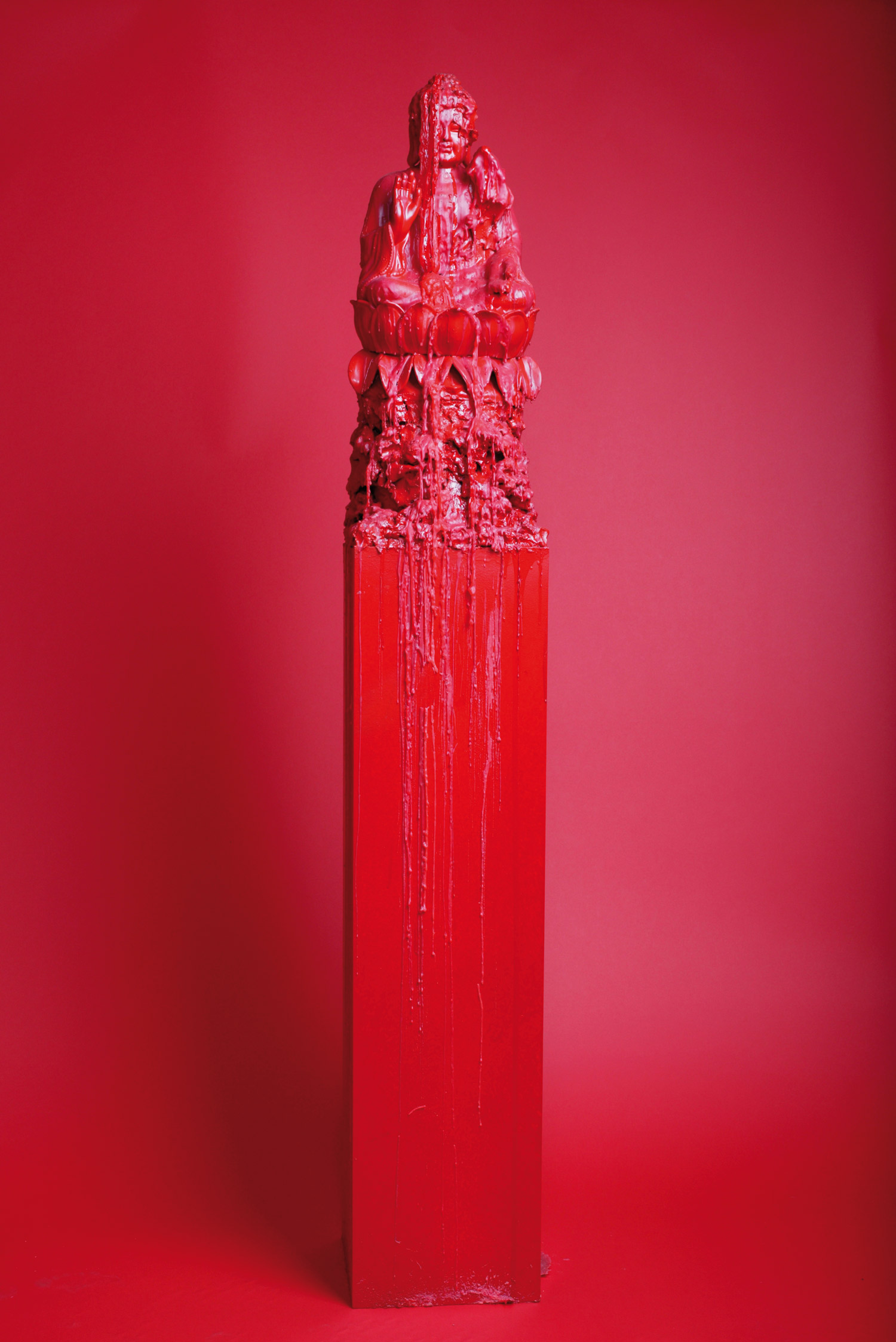
The following text originally appeared in Flash Art No. 177 Summer 1994 and was written by Henry Schwartz, a psychoanalyst based in New York.
Something quiet and evil lurks beneath the surface of the work of Robert Gober. The pieces sit there blankly, indifferently, while men are lynched, and the sleeping man in the wallpaper is a metaphor for the viewer if not for the artist as well. Instead of submitting a lengthy text to stand for his work, a corner so many contemporary artists paint themselves into (or are pressured to paint themselves into), Gober did something else for the Boston Institute of Contemporary Art group show.1 He submitted the comment, “Robert Gober chose not to be interviewed.” These words, a statement in themselves, resonate with the work. Rather than submitting nothing, Gober presented a statement of his absence, begging the question and underlining this emptiness. His work has this effect. Single pieces occupy large spaces, filling them with their silence. Like the man in the wallpaper, we too take a nap, suspending our wordmaking powers and letting the dreamscape emerge.
This lapse of conscience soon becomes disconcerting and reality intrudes: there is something that feels unfair about all this. How can he just sit by and let this happen? Along with the mute object is an objet-provocateur. The running water that accompanied his work at the Dia Center for the Arts show2 seemed to offer some relief. At last the sinks were given some life, allowed to be sinks. Yet, after a while the sound began to irritate. The scene from nature on the walls, kind of lovely initially, began to look a lot like the sleeping man in the wallpaper. I found myself searching for dead bodies in the trees. After a brief spell, the sound of the water changed from evoking the pleasing qualities of a running stream in the woods to the grating qualities of mechanical reproduction, like a noisy factory. As more information was registered, the forest was transformed into something dead and menacing. This, I think, is a central organizing principal of an output that can appear highly diverse. Whether Gober is making wallpaper, furniture, sinks or body parts, there is always the sense of a life denied, a person implied but gone.
Gober begins with an everyday object — one that cannot help being suggestive though it is hard to imagine one that is not — while maintaining a certain authorial anonymity that invites us to project our feelings onto it. The artist’s touch is usually evident. This alters it enough to prevent a reductive reading of a readymade, an appropriated object or a statement on the ideals of minimalism, which seems both a key element and a polar opposite. Even if we could accept a minimalism of the household object (perhaps a neat row of urinals, or a room filled with L.L. Bean’s doggy beds), the ideal is destroyed by irregular surfaces and incorrect materials. Gober plays with these possibilities through his use of a chilly, stark approximation of the original.

So, where is the life? His sinks are a good place to start this enquiry since they represent the greatest commitment by the artist in terms of quantity of output and duration of interest. The uneven surfaces hint at a latent expressiveness, and then there is the lack of faucets and drain. To point out the implied castration is banal — the suggested features, a sort of stoic “happy face,” not much better. Like the idea of “the artist and his model” painting, the sink also announces a somewhat quintessential, perhaps cliché, artistic presence. Instead of the passion of the former, the fantasy here is slightly different — that of the solitary artist cleaning his (surely the artist is male) brushes at an industrial sink. The sink is a bystander to the artist’s heroism. It accepts the waste and is transformed in the process into a beautiful artistic object in its own right. These two dimensions, the artist’s touch and the subject, bring the sink clearly into the realm of the living.
I do not wish to question these sculptures too deeply. They are intentionally left open-ended and can comfortably admit any number of readings. Yet it is hard to imagine one that is very optimistic or warm. The chilly tone predominates, echoed in the running water at Dia, reinforced by the missing appendages of the sinks, hammered home through the ubiquity of the stark whiteness. Only our fantasy of the object and the appearance of the artist’s touch lends some living, human presence, but it is just enough to make us wonder what happened to this maker. His presence, once brought to our attention, is denied to us in any other way and we are left feeling a bit like the sink: an empty receptacle. Gober produced a number of variations on the basic sink, adding additional basins, altering the basin’s depth and width and elongating — to the point of creating something far more abstract — the splashboard. Still the sink remains a sink through all the variations, its gaping basin waiting to be filled with the water it can’t hold from the spouts it doesn’t have. His touch doesn’t offer much more life than the odor left behind by a cigarette smoked once the party’s over. It’s a suggestion that something living was once there, but not enough to bring the work itself fully to life. Clearly a part of the living world, they also question just what sort of life we mean.
These themes are presented most directly in his severed limbs and the empty wedding dress. Hyper-real, the limbs force us to consider the rest of the body. The remaining body has been abstracted to nothingness, i.e., it can be anything we imagine it to be. It’s not there at all except for the vivid piece that makes it obvious that it must be there. The dress, perhaps, can house this imagined body within its emptiness. Again we cannot avoid considering the missing person as this full-figured fabric provides us with everything but the figure, the body, the hairy leg on the other side of the room. The newspaper stacks tell the news. The various buried articles, the unnoticed traumas of everyday life that make it into the bowels of the paper, are the image of the artist, as hairy as the leg, modeling the dress for an ad.
This perversion raises a new question: do we really want what is missing? If we can’t have what is ‘normal’ and predictable, i.e., a less hirsute bride, we may be better off without — left alone in our state of absence. The stacks of newspapers are scattered around. Real lives, real deaths, real tragedies — page after page, issue after issue, stack after stack, but nearly invisible. They have a poignancy that can easily be ignored, because it is so mundane. A little like the homeless that surround us, their presence is both too common and too painful a reality to allow ourselves to think about it. So the pages pile up and we can only see one page of hundreds, and the stories are all the same so we just give up. We absent ourselves from the scene of our lives. It feels like it is the only way to survive.

The question returns: where is the life? A recent series of windows repeat his old answer. Over there — where we’re not. Over our heads, cut into the gallery wall, through prison bars, we can see the blue sky. It is a place that cannot be attained. We are left somewhere, missing something. This time, more than in the earlier work, the empty place is clearly the gallery. But what is empty is not just the gallery as the site of art business. It is also the gallery as a microcosm. Escape from the gallery can only bring us outside one set of barred windows into a space with another set, and so on, forever. There is no escape. So, the life isn’t here, in us, in the work; it’s there, some place we can’t get to. And what sort of life is it that we are missing? A troubling one, one from which we choose to keep our distance. We long for life, but then again we aren’t sure we really want it.
Where does this leave us? Is Gober’s work about death, emptiness, absence, hopelessness and other morbid thoughts, or is there another side to it? It is difficult to have a definite answer to this. One great relief in seeing this work, in fact one of its crucial strengths, is that there is nothing heavy-handed or melodramatic about it.
The sculptures have a simplicity and lightness, even some humor. There is something absurd about sinks, genital-covered wallpaper and doggy beds. The impossible cribs are not just a cruel idea to visit upon annoying infants — they also have a surreal playfulness to them. Yet, in the contest between the playful and the melancholy, it is the latter that has the upper hand. The image of the sleeping man beside the lynched man covering the walls around us has a presence in all the works. Gober remains neutral on who is sleeping and who is lynched. Artist and viewer can take either role. His neutrality has the fearfulness of a wedding dress without the bride. Once there was a body, the body of the artist, that occupied the dress, but now the dress just seems to say, “Robert Gober chose not to be interviewed.”

